Right now, people can only wonder on prevalent public opinions. Only time will tell which party will come forward at the Centre to provide effective leadership to India after 2019 General elections.
India is a vast country consisting of 29 States and seven Union Territories. An estimated population of 1.3 billion people constitutes almost 18 percent of the world’s population, occupying nearly 2.4 per cent of the world’s total land surface area. An immensely diverse country where each State and region is a mini cosmos in itself, cooperative federalism seems to be the key to the development of New India under a politically stable leadership at the Centre. In order to achieve inclusive growth with social justice, all States need to work in consonance and also think alike.
Recently, a no-confidence motion against the Union Government was moved by the Telugu Desam Party (TDP) in the Lok Sabha over its unhappiness at Andhra Pradesh not being granted Special Category status. This incident reinstated a debate on the need for a uniform development of India in a non-partisan manner. With the 2019 Lok Sabha election on the horizon, political parties are already feeling the pressure to fasten their seat belts and prep up to face the poll in a rather democratically fluid environment. This further gets accentuated by the consolidation of regional parties under the umbrella of a loosely held, fragile and informal mahagathbandhan.
At this point in time, one can only speculate and try to analyse the general impression and political perception prevailing all around. Only time will tell whether the coming together of regional parties to form a Government at the Centre under the elected leader from the constituents of the mahagathbandhan, can provide effective leadership to a complex and culturally prolific country like India.
Though the perception infused in the mind is steered towards a big “no”, the backdrop of this sentiment is the victory of the Janata Party (amalgam of the various political parties like Congress (O), Bharatiya Jana Sangh and Bharatiya Lok Dal) in 1977. The party had a landslide victory against the Emergency imposed by the then Congress Government. It signalled the power of the regional parties against the monolithic power of a national party like the Congress and injected a new political paradigm in the democratic character of India.
Unfortunately, the Janata Party developed an intense internal, ideological and a political conflict later on and experienced instability in the Government with Prime Minister Morarji Desai resigning in mid-1979 and his successor Chaudhary Charan Singh failing to sustain a parliamentary majority later on.
This tumultuous political trajectory led to the premature dissolution of Parliament in 1980. Indian polity henceforth remained largely driven by coalition Governments under the National Democratic Alliance (NDA) and United Progressive Alliance (UPA). Needless to say, these new political formations had a number of regional parties playing significant roles in survival and failure of the Governments.
The emergence of regional parties as major centres of power in India’s political, economic and social structure had been one of the most important developments in the country’s post-Independent history. Now, as the 2019 General Election nears, regional parties seem all set to play a pivotal role in influencing the formation of the next Union Government.
It is even (remotely) possible that India’s next General Election will produce a “third front” (anti-BJP grand alliance) Government headed by the leader of a regional party. Question arises whether regional parties can actually offer a competent leadership at the Centre. Sceptics are of the view that these parties at the State level or even a mahagathbandhan lack the charisma and a competent leadership to take on the formidable stronghold of Prime Minister Narendra Modi.
Contrary to this non-conformist approach, there is a need to analyse the probable faces of the political leadership of these regional parties in the context of equitable inclusive growth of federal india. Irrespective of political leanings, it is without doubt that today we need a powerful leadership at the Centre while looking at the geo-political, social and economic challenges before India. The critical question here is: Who are these regional political leaders of our country that we can bank on? How does one spot them among the opportunists and sycophants who plague the Indian politics? The litmus test is that these leaders should have been exposed to pan-India complexities in their political career.
Here, Prime Minister Narendra Modi is an exception, who although remaining confined largely to the political and administrative exposure in the State of Gujarat, offered tremendous pan-India leadership. He achieved unprecedented international recognition with his larger-than-life image. Modi has even been ranked among the 10 most influential people in the world by Forbes.
But do we have a parallel or a better alternative leadership emanating from the regional parties today? Certainly, political arithmetics and strategies can determine the leadership if an anti-BJP alliance comes into power in 2019. Who are these leaders? In the past, we have seen Chandrababu Naidu (son-in-law of late NT Rama Rao) emerging in the south. Naidu chaired the National IT panel under the NDA Government and was hailed as one of the “Hidden Seven” working wonders around the world by Profit (Oracle Corporation’s monthly magazine).
Naveen Patnaik (son of late Biju Patnaik), the current Chief Ministers of Odisha and supremo of Biju Janata Dal (BJD) held the position of Union Minister of Mines in the Cabinet of NDA Government under then Prime Minister Atal Bihari Vajpayee. He has been the Chief Minister for three consecutive terms and comes from an illustrious political family with good educational background.
Other names that resonate in the mind as State level leaders include Nitish Kumar, leader of Janata Dal (United) (JD(U)) and Chief Minister of Bihar since 2017 and Mamata Banerjee, leader and founder of All India Trinamool Congress (AITMC) and presently the West Bengal Chief Minister. Nitish Kumar served as the Bihar Chief Minister from 2005 to 2014 and 2015 to 2017. He was also the Union Minister for Railways, Minister for Surface Transport and Minister of agriculture in the NDA Government of Vajpayee. He was admired for the reforms in Railways and is considered to be a competent politician.
Mamata Banerjee, the first woman Chief Minister of West Bengal, is one of the exceptional politicians in the country who is self-made. She hails from a lower middle-class family and is well-known for maintaining a consistently austere lifestyle. She clearly stands on a pedestal with her determined and fearless leadership style. High on secular credentials and a scholar of Islamic studies, Mamata is instrumental in the consolidation of the Opposition parties. She served as the first female Union Minister of Railways, Minister of Coal, Minister of State for HRD, Youth Affairs, Sports, Women and Child Development in the Central Government.
Mamata, also known as Didi, pulled off a landslide victory, defeating the 34-year-old Communist Party of India (Marxist) (CPI (Marxist)) led by the Left front. In 2012, Time magazine branded her as one of the 100 most influential persons in the world. She is dynamic with proven administrative and political mettle, and resilience to withstand tough times.
Similarly, there are many other leaders in various States with a Pan-India experience. However, if there is an emergence of new leadership post 2019 parliamentary election, Mamata Banerjee seems to be the best option to lead the nation towards a positive change. Akhilesh Yadav, though extremely competent and popular, is not being considered here, as comparatively, he has less exposure than the aforementioned politicians. Also, since the discussion is restricted to the regional parties, Congress president Rahul Gandhi is also not an alternative however Congress party can surprise by agreeing to the possible consensus candidature of Pranab Mukherjee or Kapil Sibal, if the situation demands because both of them are capable of attracting several regional parties for their respective leadership bid as and when it happens.
The country today needs to shift its focus on a competent leadership to match the robust captaincy of Narendra Modi if the NDA is not able to again form the Government in 2019 (though chances are remote as there seems a very high possibility of a second term for the Modi Government).
The issue is who can bring about inclusive economic, social and political growth of today’s vision of New India. We need to revisit our perception that regional leadership cannot lead the country effectively. In the past also, we have seen Prime Ministers from small parties in comparison to the large national parties like the Congress and the BJP. The election of HD Deve Gowda (United Front) and Chaudhary Charan Singh (Janata Dal) are some of the examples that prove the point. The biggest challenge is to choose a leader who can steer India to become a mature and transparent democracy based on sustainable political governance.
(The writer is a commentator, Bollywood actor and singer)
Writer: Mukesh Tyagi
Courtesy: The Pioneer







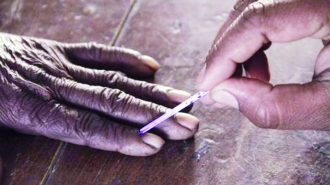
 OpinionExpress.In
OpinionExpress.In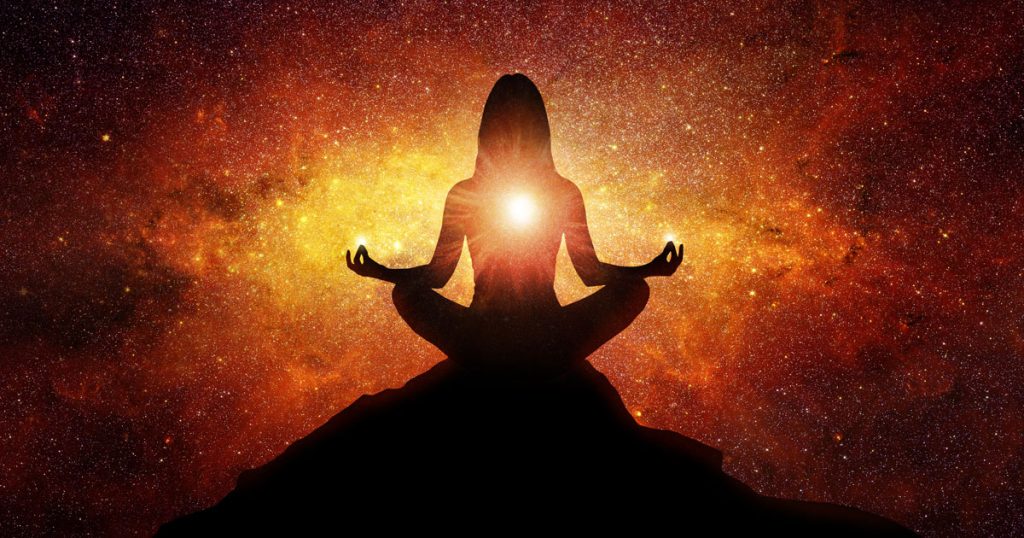
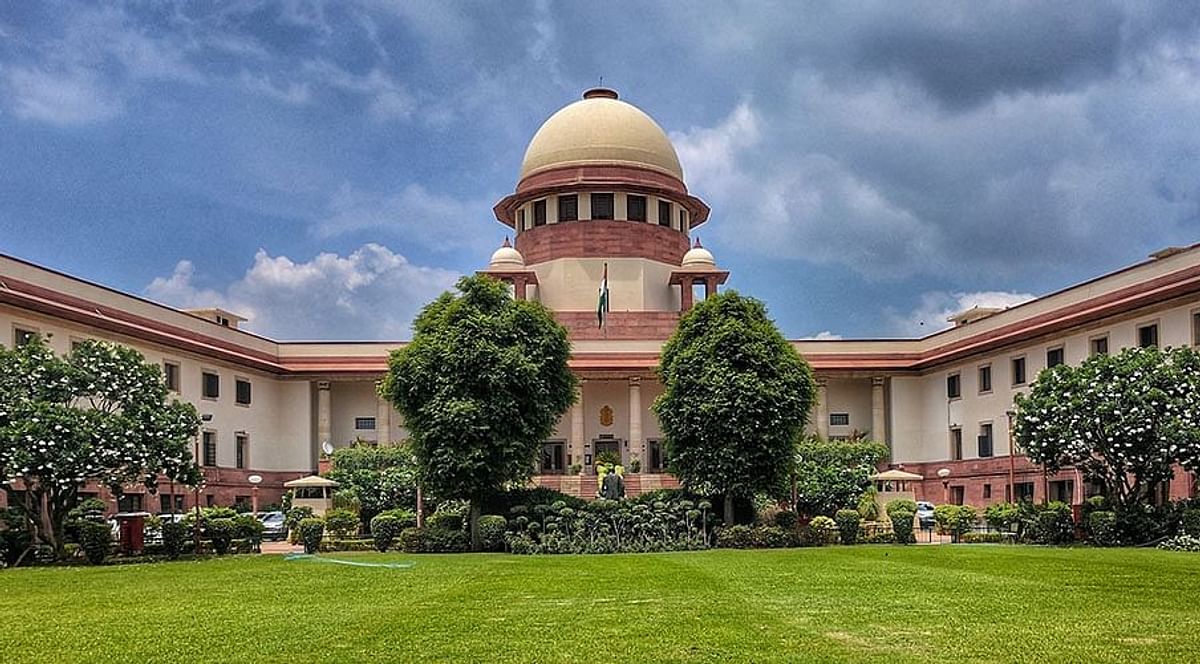
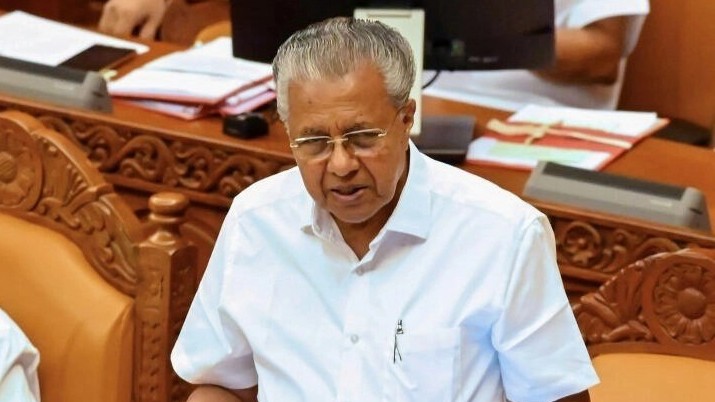
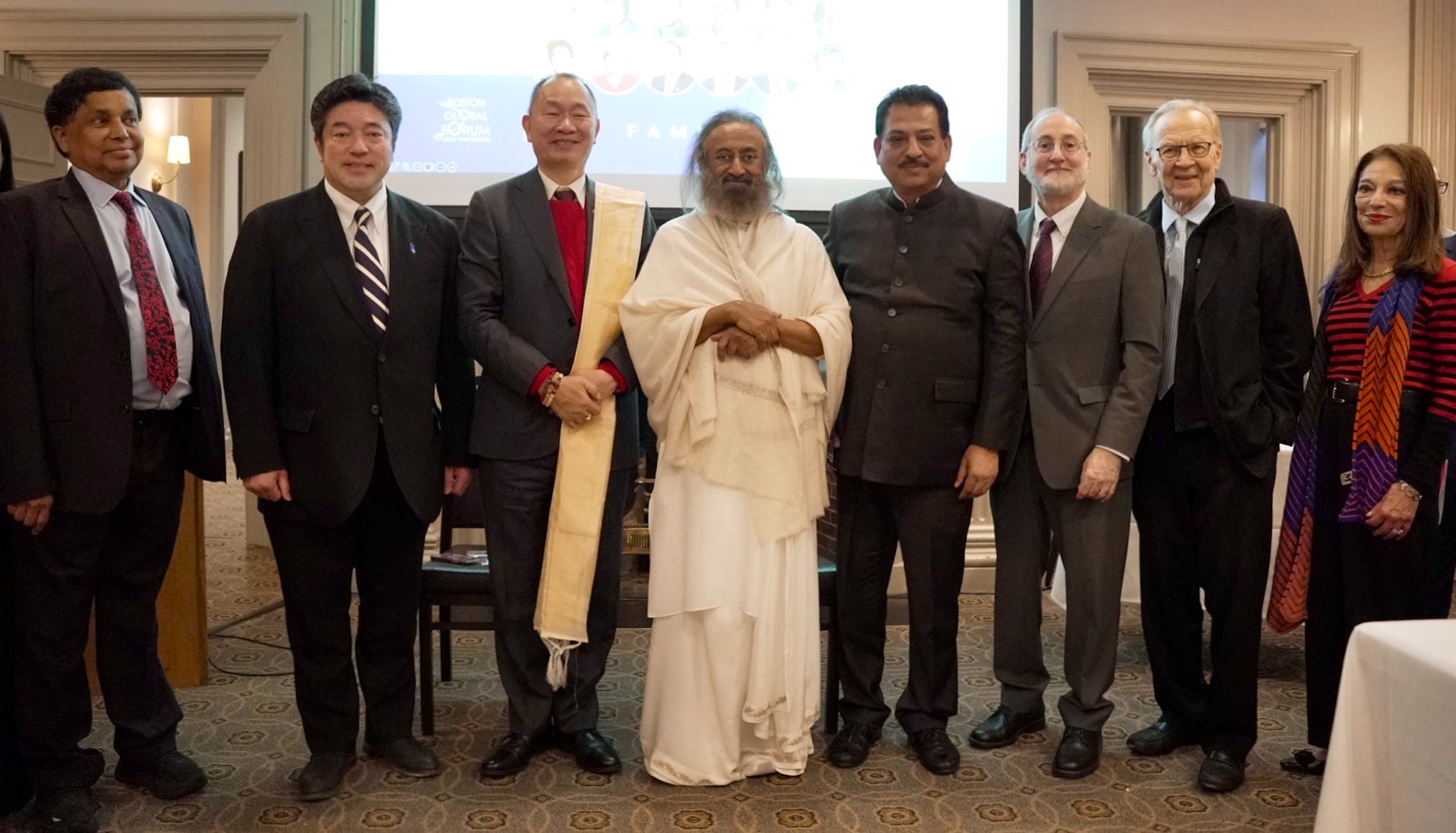
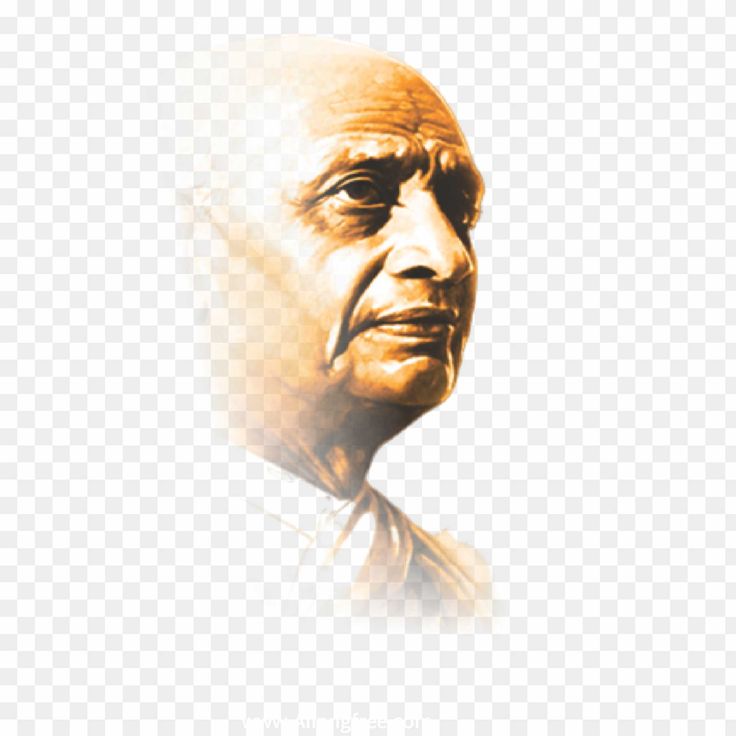
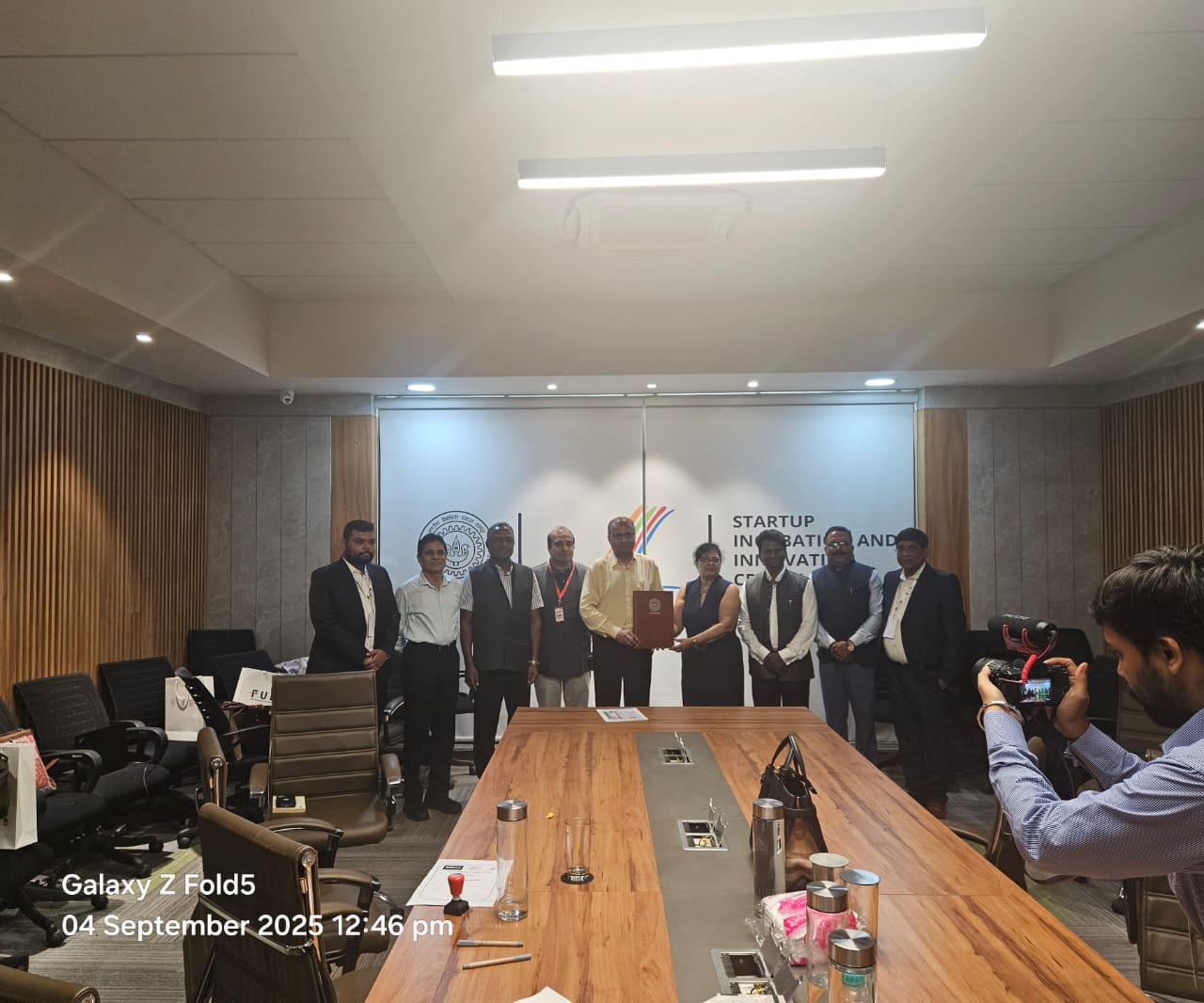
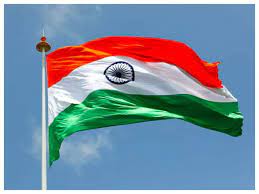
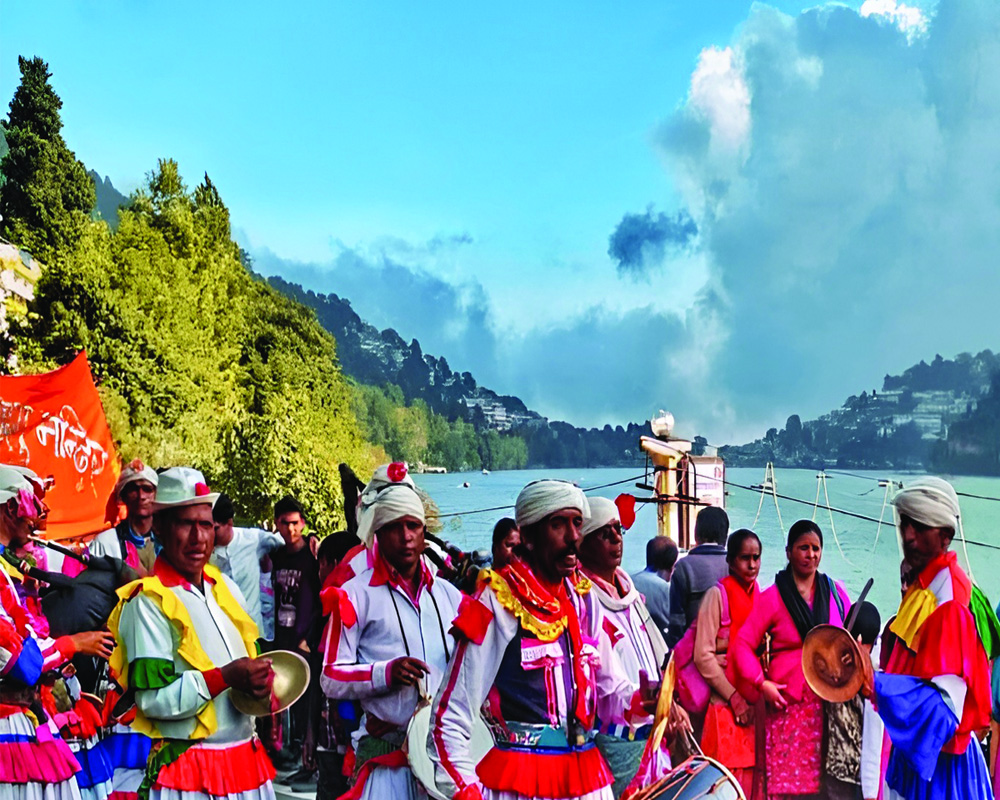








Comments (0)